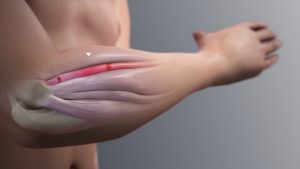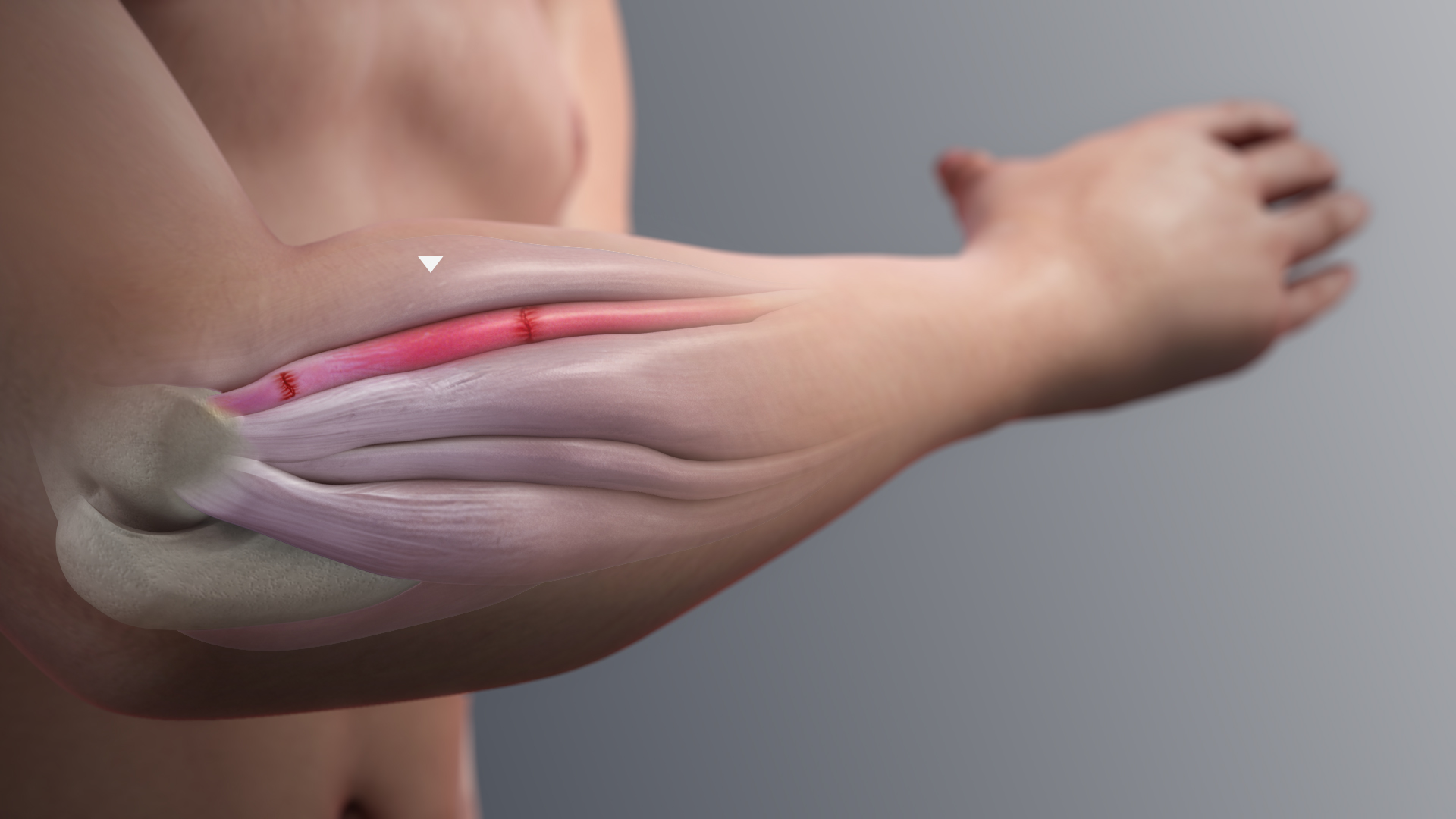Freedom from Tennis Elbow
Anyone who takes on the rigorous, fun, and challenging game of tennis as a passion will at one point or another confront perhaps the greatest bane of the tennis player: tennis elbow. More than just a nagging ache and pain, this condition can seriously hamper not just your game, but also your lifestyle, livelihood, and long-term muscular health if left untreated.
The wise will work hard now to avoid ever having to experience it. If it’s already afflicted you, you’d be equally wise to take actions to both treat it and prevent a recurrence.
The good news is that there are a wealth of things you can do, especially off-court, to keep you swinging your heart out for years to come.
 First, what is tennis elbow? Medically known as lateral epicondylitis, which results from an inflammation of the tendon, or tendonitis, in the area where it connects with your forearm muscles. Small tears in the tendon result from the strain of hitting many balls with a combination of weak arm muscles, too much force, bad form, or the wrong equipment for one’s body.
First, what is tennis elbow? Medically known as lateral epicondylitis, which results from an inflammation of the tendon, or tendonitis, in the area where it connects with your forearm muscles. Small tears in the tendon result from the strain of hitting many balls with a combination of weak arm muscles, too much force, bad form, or the wrong equipment for one’s body.
One of the most important steps you can take is to condition your muscles for flexibility and strength. The most important area to train is your forearms. Integrating these two sequences into your daily routine will greatly enhance these muscles in the key areas of strength and flexibility:
- Strengthen: Using a 2.5 pound weight, or something lighter like a soup can, lay your forearm on a flat surface (like a table) while holding the weight. With your hand hanging over the side of the surface, flex your wrist slowly about 10-20 times. Next, reverse your hand and repeat the same motion from the other direction (palm facing up). Repeat with the other arm.
- Flexibility: Place your arm in front of you with your palm down. Push this hand upward vertically with your other hand (so that your fingers are pointed up) and hold for 10-20 seconds, repeating 10 times. Repeat with the other arm.
In addition to developing your flexibility with stretching, you should also be strengthening your body overall through regular exercises, especially aerobics and targeted strength training. Strong shoulders, neck, and upper back, in particular, serve to relieve strain on the arm and elbow areas. It’s also crucial to invest in your muscles’ health by warming up before any match or practice to prevent injury by reducing tightness that can lead to injury and stress.
Form is another major factor in preventing tennis elbow, as much of the stress that leads to the condition is caused by improperly executed motions during play. By learning and using proper form, you’ll reduce fatigue and avoid injury by not requiring your muscles and joints to do anything they’re not built to do naturally.
Using proper equipment is also key. Hiring a trainer to help you determine both proper form and the right equipment for you is one of the best investments you can take to stave off the unhappy condition of tennis elbow for the long-term.
Finally, be attentive and proactive about the potential onset of the tell-tale swelling, aching, or weakness of this condition. If you experience any of these symptoms, schedule a doctor’s appointment right away. Your doctor can partner with you to come up with a treatment and prevention plan to ensure that it doesn’t worsen or become chronic.
These simple steps will greatly increase your ability to avoid the dreaded disabling and painful effect of tennis elbow. Armed with strength, flexibility, proper technique, and the right equipment, you’ll give yourself the gift of many more hours of on-court fun and all around good health.

